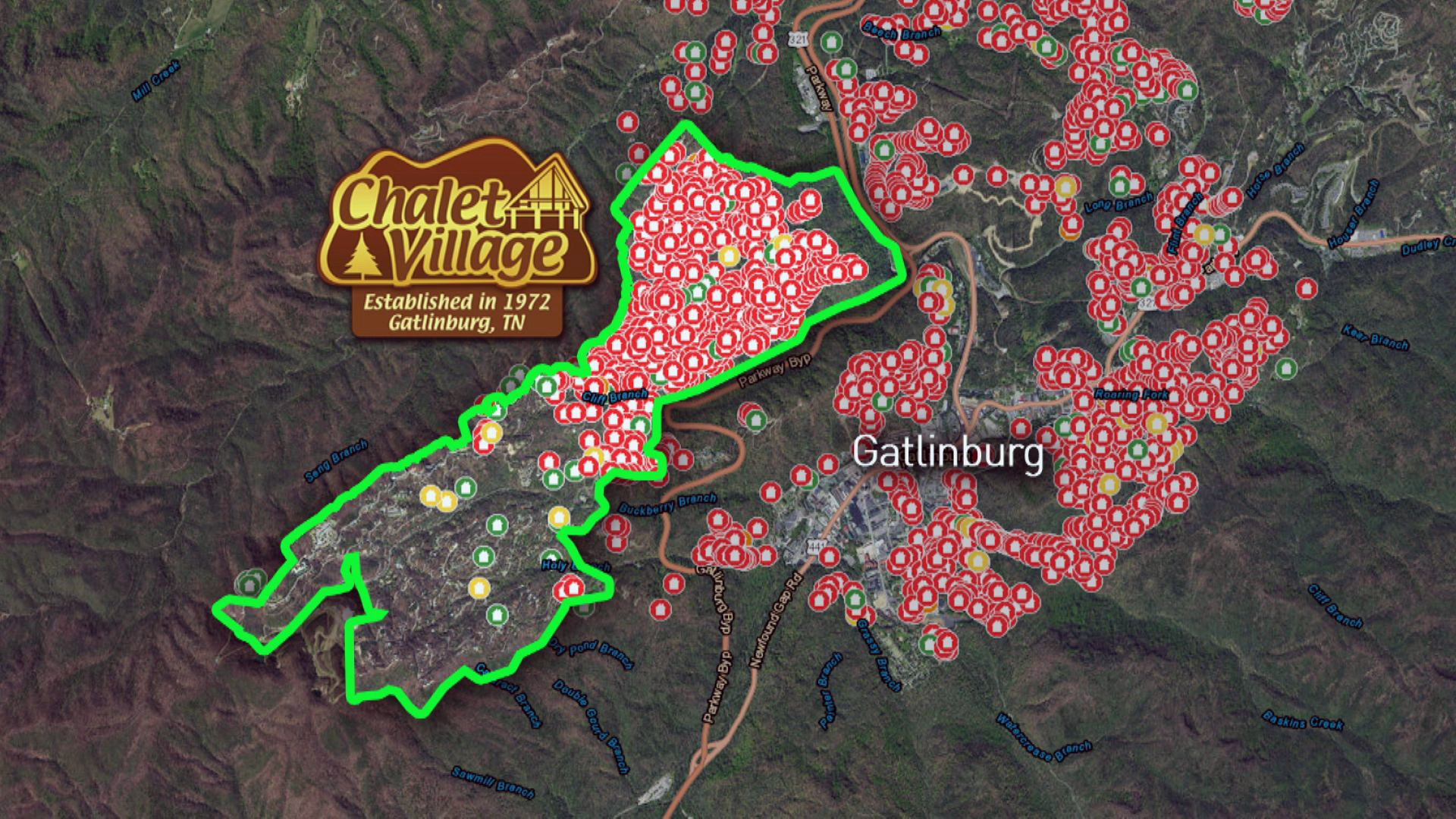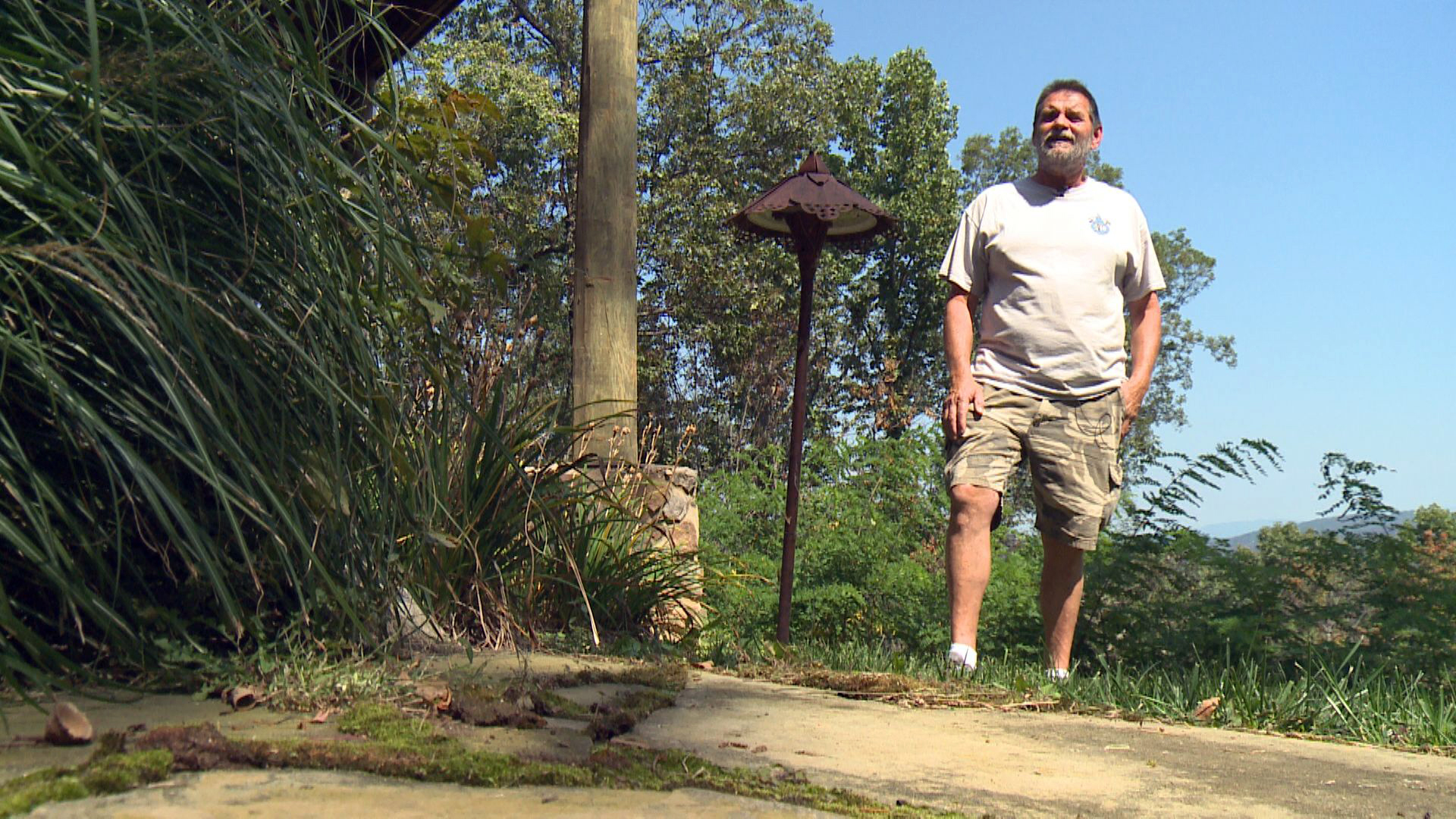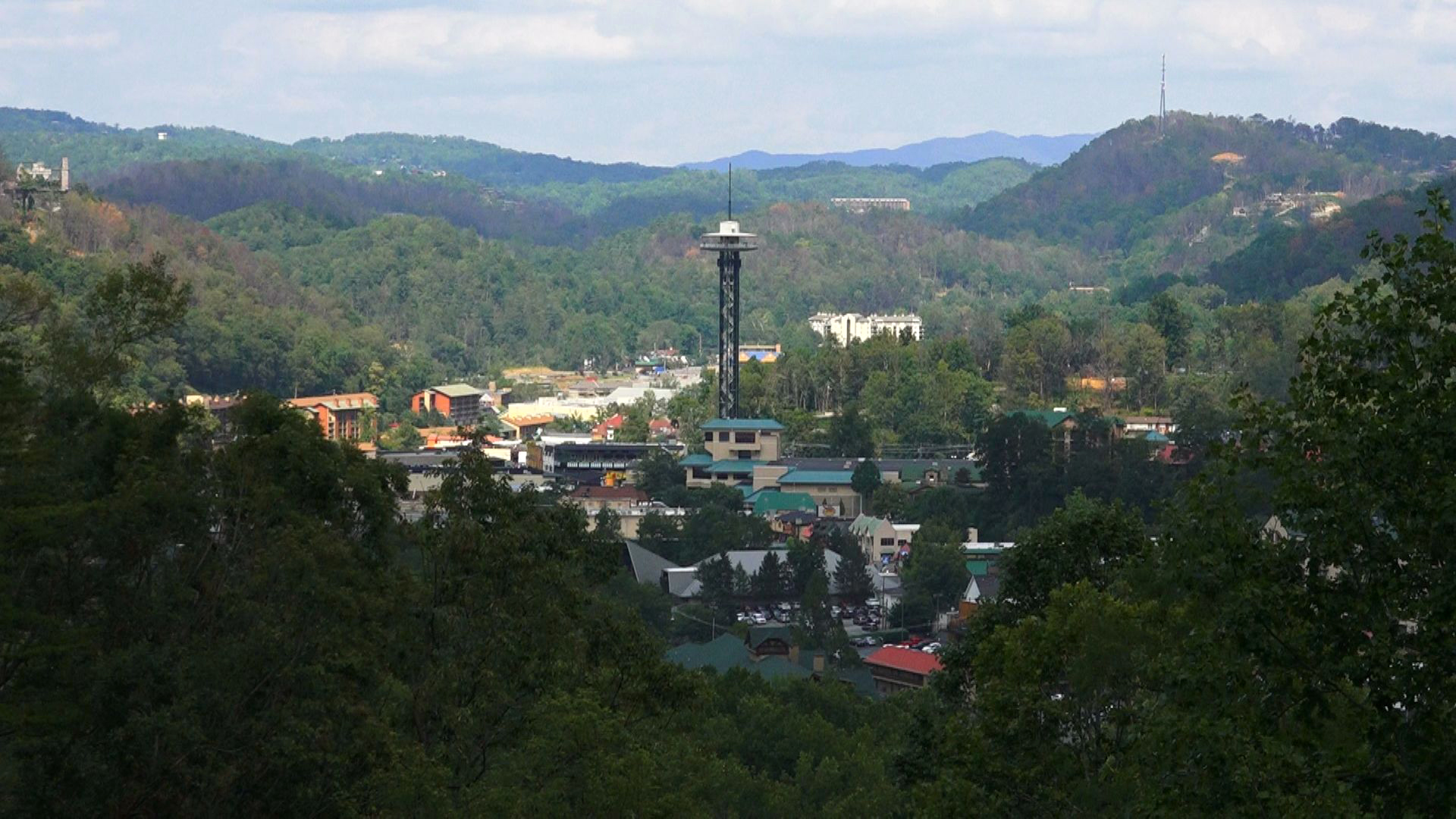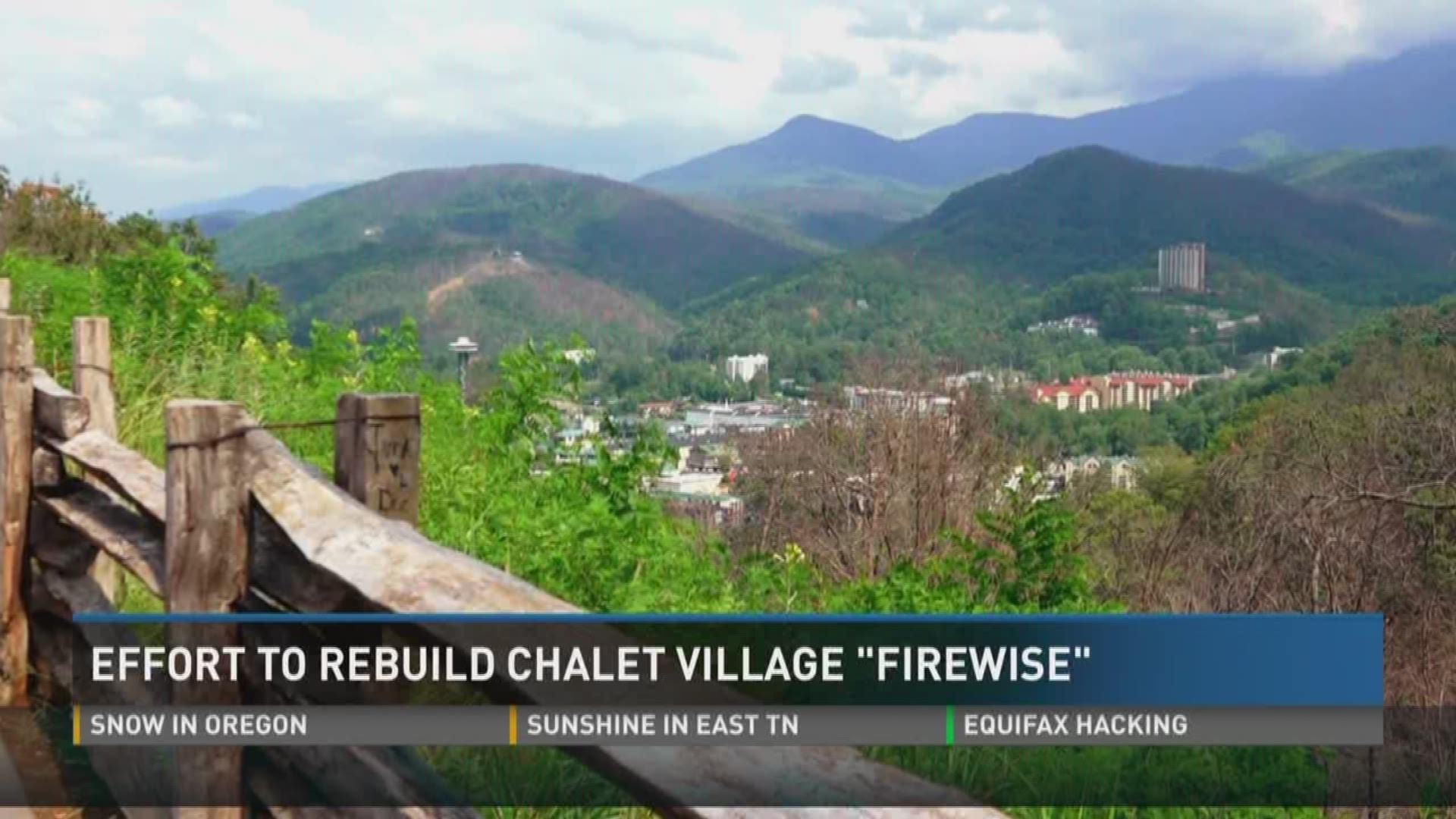One of the Gatlinburg neighborhoods hit hard by the November 2016 wildfires is trying to rebuild and landscape in a way that reduces the risk from flames in the future.
Pete Jucker's home was one of hundreds incinerated in the Chalet Village area north of the Gatlinburg Bypass. He has kept a positive outlook knowing his loved ones escaped safely.

"My wife got out of the fire and got the cat and the two dogs. We're doing good. We lost some fish in the pond beside the house, but some of them survived," said Jucker. "We bought a new house in Chalet Village while we rebuild the old one. We like that area and that's where we're going to go back."
Jucker does not want things back exactly the way they were. He wants Chalet Village to be better and safer than before. The homeowners' association is working with the fire department and the division of forestry to be recognized as a Firewise community. Firewise is a national program that helps homeowners take steps to make their property safer during a wildfire.
"You get hit in the head with a 2x4 once. If you're wise enough to take that hit and learn from it, you get a little smarter. We want to learn from the experience and be smarter," said Jucker. "Some folks might be worried it is some mandatory program that will force them to rebuild a certain way. It's all voluntary, it's free, and it's education. Who can't stand a little education?"
A free community education meeting about the Firewise program for Chalet Village is scheduled for October 7, 2017, at 1:00 p.m. at the South Chalet Village Clubhouse just off Ski Mountain Road.

Jucker's own education reviewing Firewise material has shown there's much more than building a home with safe materials and tempered glass. Landscaping outside the home is equally important.
"I've learned some things that I wish I could go back and change. Probably the hugest thing is mulch right up against the building. That organic material and straw is highly flammable. Had we had a space of no mulch, there's a chance we might have survived the wildfire."
"We are trying to educate them about planting the right species on their property, species that are not fire prone and species that are not invasive. Plant the right tree in the right place and don't plant exotic invasive species," said Brook Smith with the Tennessee Department of Agriculture's Division of Forestry.

"Why should I care whether I have a pine tree right up against my house that can dry out within seconds, catch fire, and catch the house on fire? Why should I care? Because it makes sense. People should know how the things in their yard can make a fire worse," said Jucker.
Planting the correct species in yards can also help native wildlife bounce back in the case of fires in the future. The National Park Service says areas burned in the Great Smoky Mountains have been invaded by non-native species of vegetation that originated from landscaping in neighborhoods along the park's boundary.
Related Story: Sep. 19, 2017 - Pest plants invade wildfire areas of Smokies

